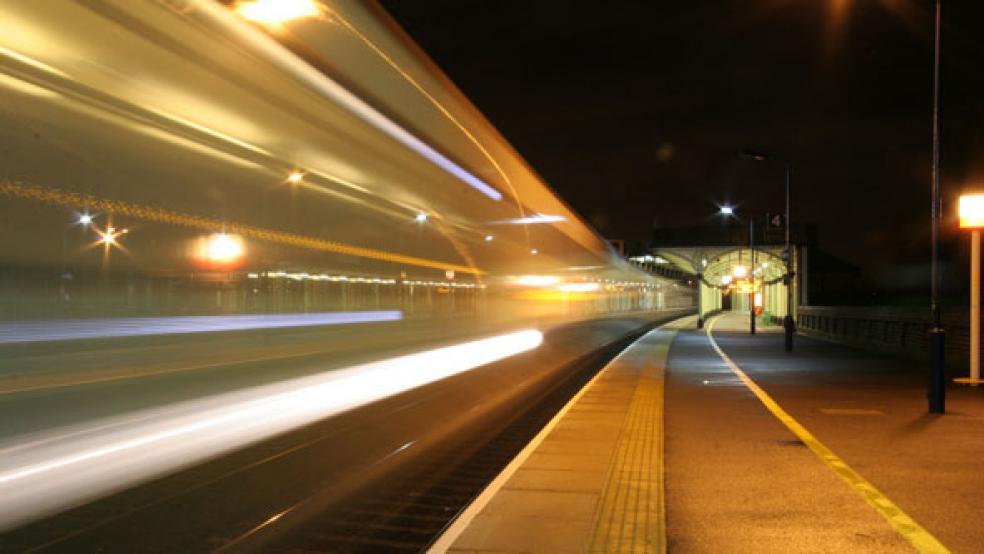The Obama administration has spent almost $11 billion to build a high-speed rail system that doesn’t seem to be going anywhere.
Since 2009, the president has been pushing for the United States to have a bullet-train-like system similar to those found in Europe and Asia, but a combination of setbacks and dwindling support from states and Congress has slowed the project to a halt, The New York Times first reported.
Related: Government Blatantly Wastes $30 Billion This Year
Just last month, Congress rejected the administration’s request for an additional $10 billion for high-speed rail and last year, three governors canceled their federal funding for the projects—deeming them too expensive and unnecessary.
Critics of the administration blame the project’s derailment on the Obama administration, which, they say, made the mistake of spending money on upgrading existing Amtrak rails, which only go up to 110 miles per hour, instead of investing directly into new projects.
Right now, the closest thing the United States has to a bullet train is the Acela, which serves the Northeastern corridor. Still, Acela only averages 80 miles per hour and can reach up to 150 mph for just 10 minutes compared to the average top speed of high-speed trains in Europe that can reach 220 mph. According to The Times, it would cost upwards of $150 billion and 26 more years for the Acela to ever reach that.
Related: Obamanomics 101: A Reckless Risk on High Speed Rail
Many think the only hope for now high-speed rail rests with California. For the past year, the state’s proposed project was embroiled in legal drama after a Sacramento Superior Court sided with farmers and residents who filed a suit to stop the bullet train. But just last week, the 3rd District Court of Appeals in California struck down that ruling, paving the way for California to move forward with the project and sell $8.6 billion in bonds to pay for the high-speed rail, The San Jose Mercury News reported.
“Once something gets built, then we’re going to see more projects get going,” Obama’s first transportation secretary, Ray LaHood told The Times, adding that it took the Interstate System of highways decades to be completed.
Related: Fix Infrastructure Now, or Apologize for It Forever
Still, it’s unclear whether other states will follow suit—especially in Republican states like Wisconsin, where Gov. Scott Walker has routinely blasted Obama’s plan as expensive and pointless.
“Typically the reason people take mass transit is because it saves them time and/or money. This did neither,” Walker told The Washington Post after he rejected $823 million in federal funding for the project last year. Those funds were transferred to California’s project—which has received one-third of the total allocated to all states so far.
Even if California’s project does take off successfully, it’s hardly the vision President Obama had initially talked about when making his push for high-speed rail during his first term in office.
“Within 25 years, our goal is to give 80 percent of Americans access to high-speed rail,” Obama said in his 2011 State of the Union address.
Top Reads from The Fiscal Times:




